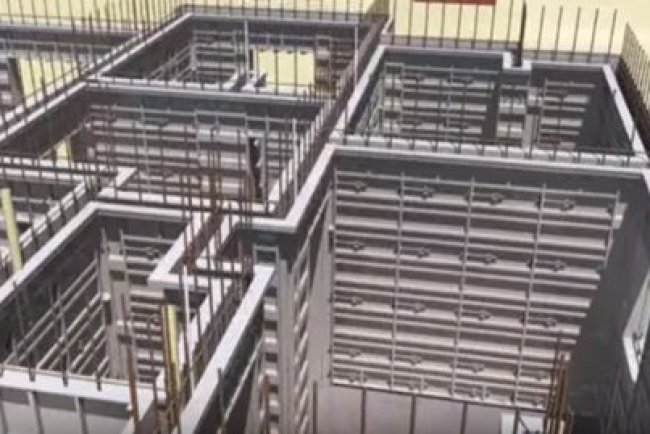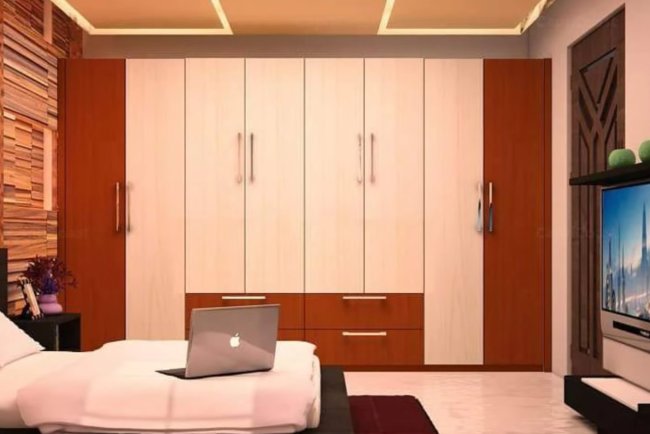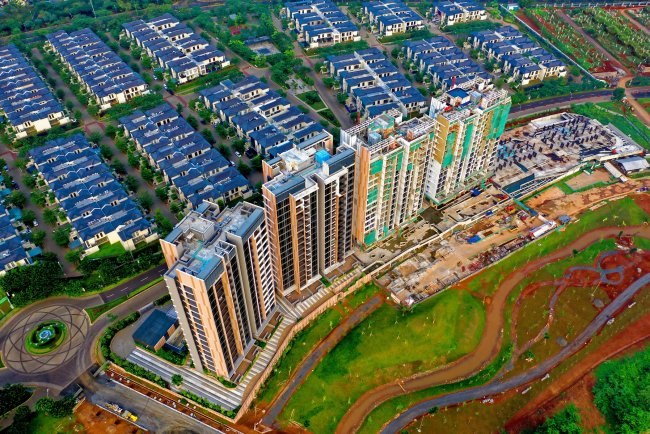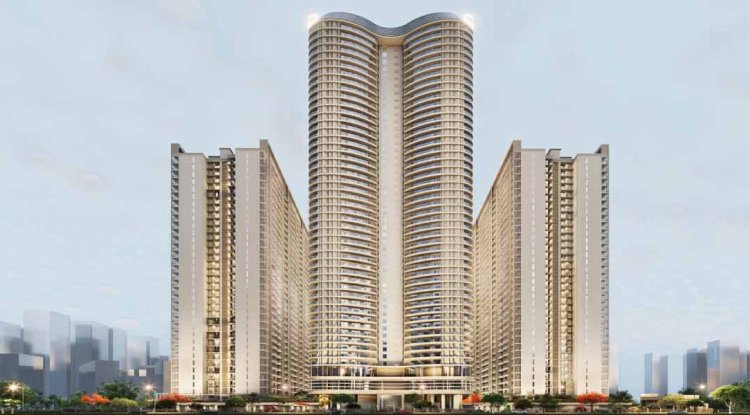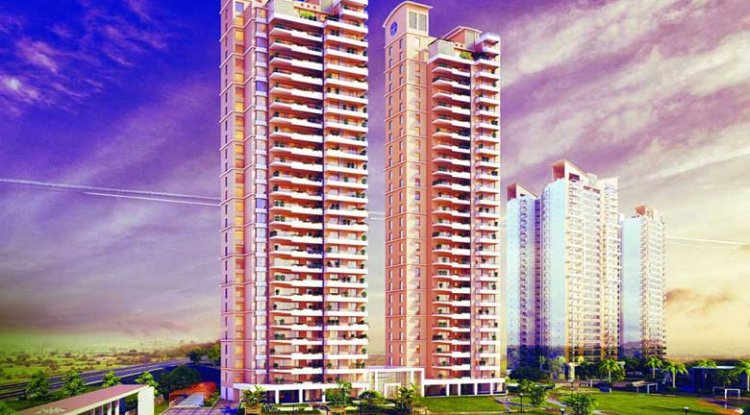Different Types and Colors of Houses in India
India's houses reflect its diverse culture and climate. In Rajasthan, bright blue and yellow hues combat the desert heat, while Kerala's earthy red and brown homes suit the tropical weather. Gujarat's colorful pol houses contrast with Bengal's terracotta tones. Northeast stilt houses use natural greens and browns, while Himachal's stone and wood homes feature grey and brown shades. Modern urban homes adopt neutral and pastel colors, influenced by contemporary trends.

India, with its diverse cultural heritage, climatic zones, and architectural styles, offers a rich tapestry of housing designs and colors. From the vibrant hues of Rajasthan to the earthy tones of Kerala, Indian houses reflect the regional diversity and historical influences that shape the country's built environment. This article delves into the various types and colors of houses across India, examining how culture, climate, and materials influence their design.

Historical and Cultural Influences
The architecture of Indian types houses has been shaped by various historical and cultural influences. From ancient Indus Valley Civilization to the Mughal Empire and British Colonial period, each era has left its mark on the housing styles in India.
-
Indus Valley Civilization: The early urban settlements like Mohenjo-Daro and Harappa featured brick houses with flat roofs, courtyards, and elaborate drainage systems. The colors were predominantly earth tones, derived from the baked bricks.
-
Mughal Architecture: The Mughal period introduced Persian influences, evident in the use of marble, intricate carvings, and domed structures. The houses during this era often featured white marble and red sandstone.
-
British Colonial Architecture: The British influence brought about bungalows and hill stations with Victorian-style houses. These houses were painted in pastel colors, with white trim and gabled roofs.
Regional Variations
India's vast geography results in varied climatic conditions, which in turn influence the architectural styles and colors of houses in different regions.
-
Rajasthan: Known for its desert climate, houses in Rajasthan are built to withstand extreme heat. The traditional 'havelis' are often painted in bright colors like blue, pink, and yellow to reflect sunlight. The blue houses of Jodhpur are particularly famous.
-
Kerala: In the tropical climate of Kerala, houses are designed to be cool and ventilated. Traditional houses, known as 'nalukettu', are often made of laterite stone and wood, with sloping tiled roofs. The colors are typically earthy reds and browns, with natural wood tones.
-
Gujarat: The pol houses of Ahmedabad are known for their intricate woodwork and brightly colored facades. These houses are painted in shades of green, blue, and yellow.
-
Bengal: The traditional 'bhavans' in Bengal are characterized by their terracotta tiles and intricate latticework. The colors are often muted, with natural brick red and earthy tones.
-
Northeast India: Houses in the northeastern states like Assam and Nagaland are built on stilts to protect against floods. Bamboo and thatch are common materials, with natural greens and browns dominating the color palette.
-
Himachal Pradesh: In the mountainous regions, houses are constructed with stone and wood to insulate against cold weather. The colors are typically natural, with wooden beams and stone walls in shades of grey and brown.

Modern Urban Housing
With urbanization, the housing styles in Indian cities have evolved to include apartment complexes, gated communities, and high-rise buildings. The colors in urban housing are more varied, influenced by modern trends and the availability of new materials.
-
Apartment Complexes: These often feature neutral colors like white, beige, and grey, with accents of brighter colors to add visual interest.
-
Gated Communities: These planned developments often have a uniform color scheme, with pastel shades like peach, light blue, and cream being popular.
-
High-Rise Buildings: Modern high-rises in cities like Mumbai and Bangalore are designed with contemporary aesthetics, using glass, steel, and concrete. The colors range from sleek blacks and greys to bold blues and greens.
Also Read :
The Role of Colors in Indian Housing
Colors in Indian houses are not just about aesthetics; they have cultural, religious, and psychological significance.
-
Cultural Significance: Different colors are associated with various festivals and traditions. For instance, red is considered auspicious and is often used during weddings and festivals. Yellow and orange are associated with spirituality and are common in temples and religious homes.
-
Religious Significance: Many houses have specific areas or rooms painted in colors that align with the family's religious beliefs. For example, a prayer room might be painted in serene colors like white or light blue to create a tranquil environment.
-
Psychological Impact: Colors can influence mood and well-being. Bright colors like yellow and pink are believed to create a cheerful atmosphere, while cooler tones like blue and green are considered calming.

Sustainable and Eco-Friendly Housing
With growing awareness of environmental issues, there is a trend towards sustainable and eco-friendly housing in India. These houses often use locally sourced materials, natural colors, and designs that minimize environmental impact.
-
Mud Houses: In rural areas, mud houses are making a comeback due to their sustainability. These houses are built using natural materials like clay and straw, and are often painted with natural dyes in earthy colors.
-
Green Buildings: Urban areas are seeing a rise in green buildings that incorporate eco-friendly materials and technologies. These buildings often feature green roofs, solar panels, and rainwater harvesting systems. The colors are chosen to blend with the natural environment, with shades of green, brown, and grey being common.
-
Recycled Materials: Some innovative houses use recycled materials like glass bottles, plastic bricks, and reclaimed wood. The colors in these houses are often vibrant and eclectic, reflecting the creative use of materials.
Conclusion
The diversity in the types and colors of houses in India is a testament to the country's rich cultural heritage, climatic variety, and evolving architectural practices. From the traditional mud houses in rural areas to the sleek high-rises in urban centers, Indian housing continues to evolve, blending historical influences with modern trends. The colors used in these houses not only enhance their aesthetic appeal but also reflect the cultural and emotional values of the inhabitants. As India progresses, the focus on sustainable and eco-friendly housing is likely to shape the future of its architectural landscape, ensuring that the homes remain as vibrant and diverse as the country itself.

